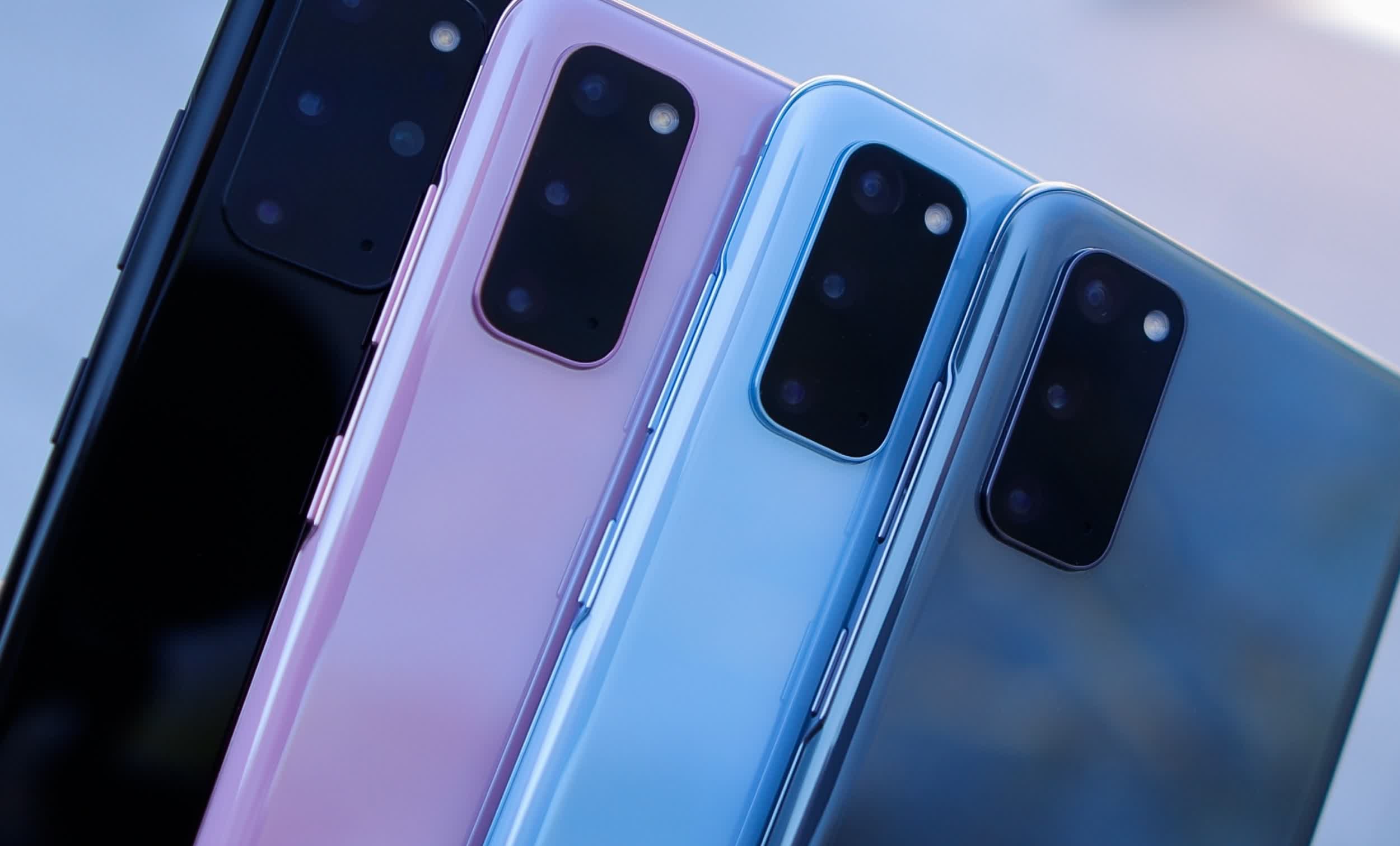In a nutshell: Global smartphone shipments dipped 11 percent in the first quarter of 2022 compared to the same period a year earlier. Market analyst firm Canalys blamed the decline on unfavorable economic conditions and traditionally slow seasonal demand, but not all handset makers experienced a decline.
Industry leader Samsung was responsible for 24 percent of global smartphone shipments last quarter, up from 19 percent in the fourth quarter and 22 percent in the year-ago period. Apple finished in second place with 18 percent of the pie. In the year-ago quarter, the Cupertino tech giant accounted for just 15 percent of global shipments.
Canalys analyst Sanyam Chaurasia said Samsung ramped up production of its popular A series to better compete in the low-to-mid-end segment while focusing on top-tier products like the Galaxy S22 series. Apple, meanwhile, enjoyed continued demand for the iPhone 13 family.

Chaurasia also said the new iPhone SE is becoming an important mid-range volume driver for Apple, but this seemingly goes against earlier reports suggesting demand for this device is lagging.
Xiaomi and Oppo maintained their third and fourth place positions, respectively, despite both companies seeing their market shares dip year over year. Vivo rounded out the top five with an eight percent market share, down two percent from the same period in 2021.
The silver lining, according to Canalys VP Nicole Peng, is that component shortages might improve sooner than expected. This, Peng added, should certainly help relieve cost pressures.
Image credit Daniel Romero, Wendy
